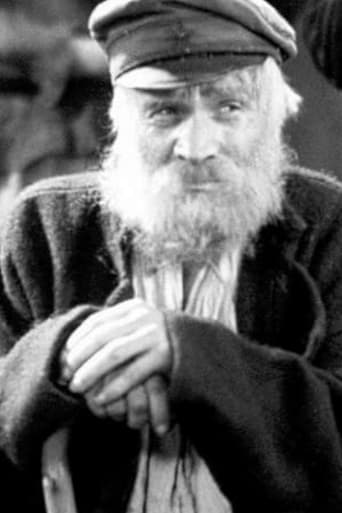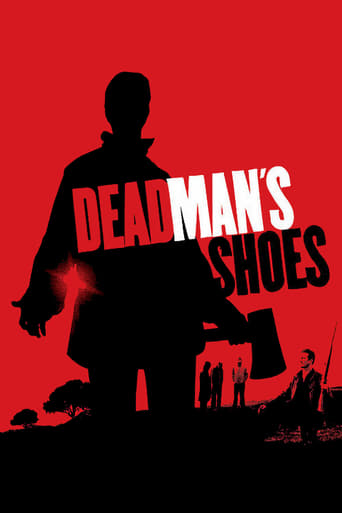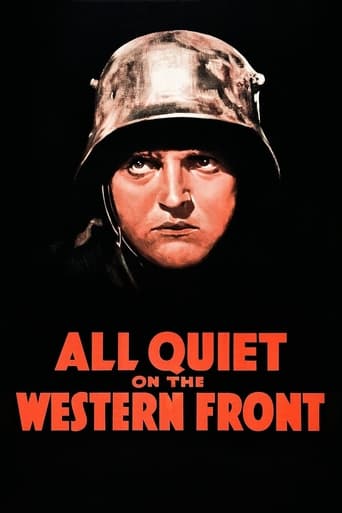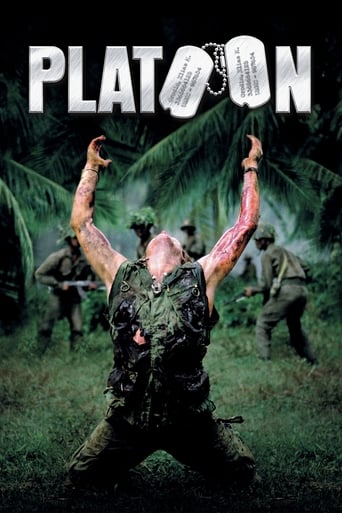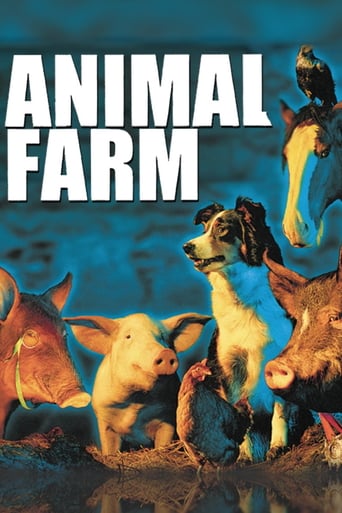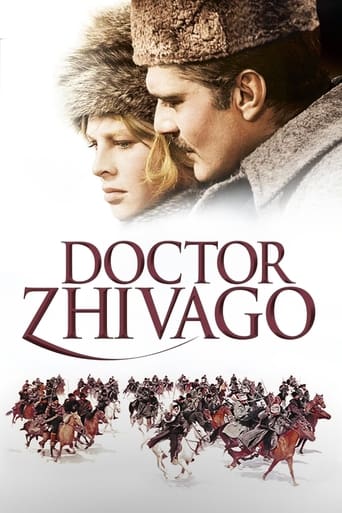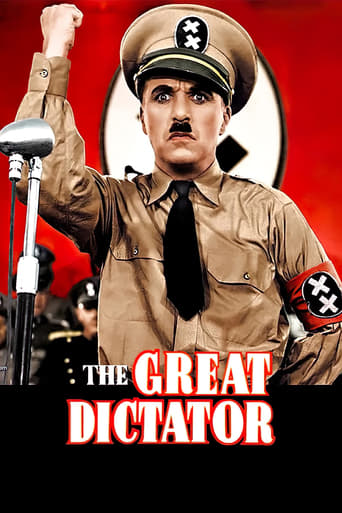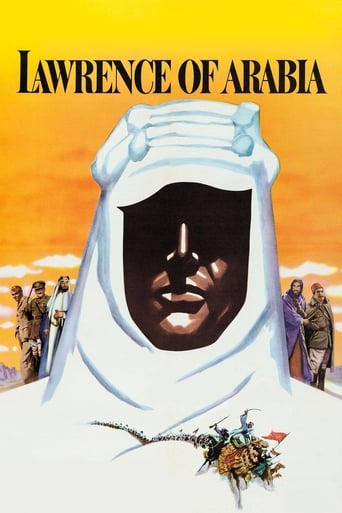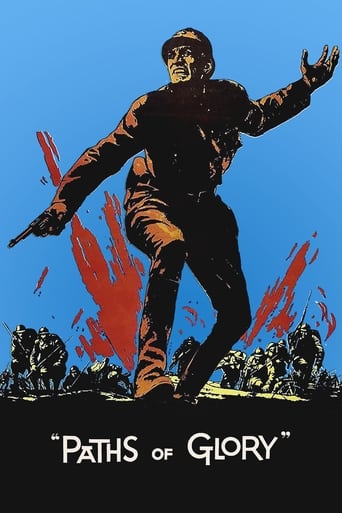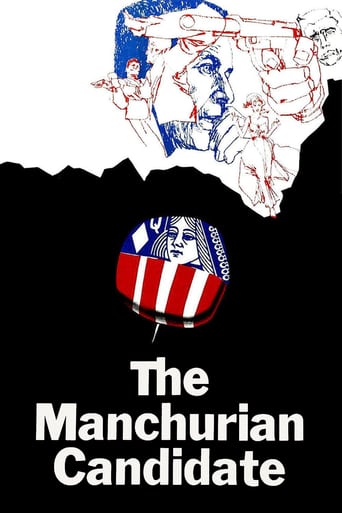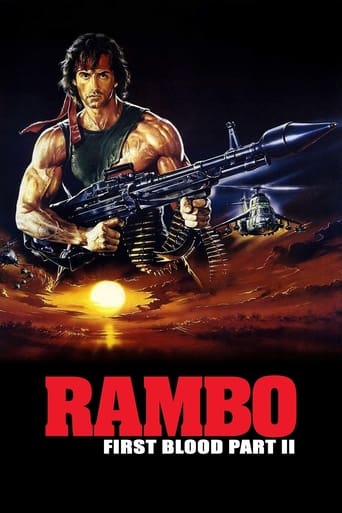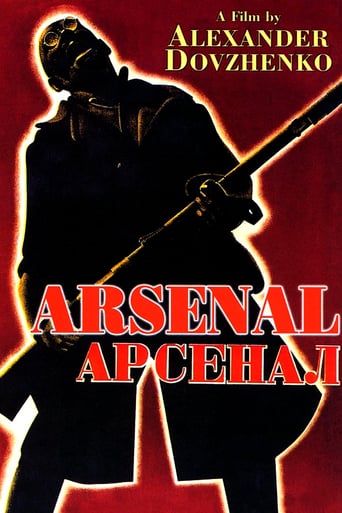
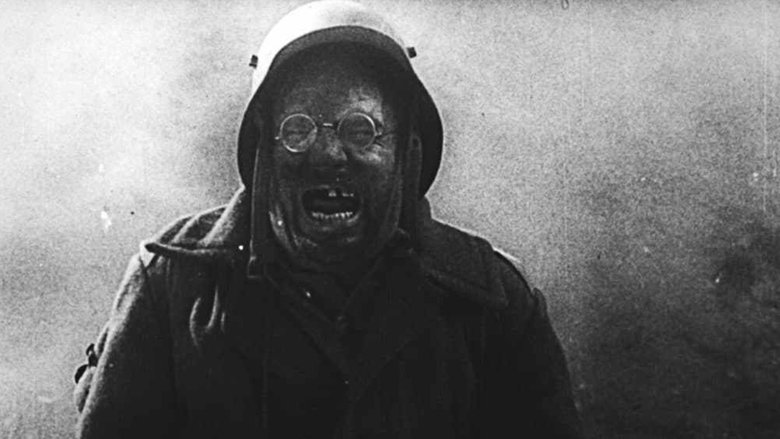
Arsenal (1929)
A soldier returns to Kyiv after surviving a train crash and encounters clashes between nationalists and collectivists.
Watch Trailer
Cast


Similar titles
Reviews
everything you have heard about this movie is true.
Absolutely Brilliant!
Absolutely brilliant
It’s not bad or unwatchable but despite the amplitude of the spectacle, the end result is underwhelming.
I'm having a difficult time coming to grips with Arsenal. The film follows a coherent narrative: a WWI soldier, Timosh, returns from the front to his hometown in Ukraine and sides with the Bolshevik workers in his former factory against a nationalistic anti-Soviet uprising. However, the story lacks narrative logic in a way that bugged me – a train carrying demobilized soldiers stops, the train is threatened by nationalist soldiers, the train starts again, the train has faulty brakes, the train crashes – scenes occur without any particular regard to the preceding context or the overall storyline. Add to this a dash of avant-garde styling – images of people apparently frozen in place, strange camera angles – and the effect is quite disorienting. Thematically and ideologically, though, the film is successful. Arsenal is remarkably even handed with regards to the conflict between the nationalists and the Bolsheviks. In one scene, a Ukrainian soldier laments "three hundred years of Russian oppression," to which a Russian soldier quite reasonably asks, "What did I do?" A frustrated peasant attacks his gaunt horse, to which the intertitles respond, "You're hitting the wrong one, Ivan." Ukrainian aggression against the Soviets is depicted as misguided, rather than malicious. All people, not just Ukrainians or Russians, are shown mourning and starving at the hands of the Germans and the negligent Tsar at the beginning of the film. Timosh's decision to side with the communists over the nationalists is not divisive; in the end he identifies himself as "a Ukrainian worker" to a nationalist squad, whose bullets he miraculously survives. Communism is universal, and the Bolsheviks do not deserve to be the target of nationalistic ire stirred by the Imperial era. The metaphor is obvious, but is refreshingly unintrusive for a revolutionary film. Arsenal is not easy to watch, but has more complexity to it than one might expect from a work of state-sanctioned cinema.
I call this a near-masterpiece because of the basic purpose of it, which is propaganda. This film exists as agitprop, and while it contains phenomenal and ferocious imagery, ultimately the single-minded viewpoint hobbles it as art and undercuts its slight attempts at humanity. While it can be viewed as a Revolutionary piece, exhorting a 'proper' spirit of energy, knowing it was made by a Ukrainian in 1929 while the Stalinist regime was either plotting or bumbling their way to the Great Famine makes this film deeply questionable in a moral sense. The theme of a Ukrainian learning Revolutionary values in the Great War, then returning to destroy the 'corrupt' forces of 'old Ukraine' made me deeply uneasy. That said, the imagery and sequences in this (quite late) silent film are second to none. The toothless, laughing soldier is one of the most stunning single images ever committed to film; and the general pacing, with a deliberate, lingering sense of time, forces concentration on the set-pieces. Much of the film is brutal, inhuman, and cruel. This is both an accurate representation of the setting itself and of the type of violent us-vs.-them propaganda produced by the Soviets at the time. I find this film VERY unsettling from a moral standpoint, something I don't often find myself saying. But, again, the masterful and stunning imagery makes it well worth viewing more than once.
While often a bit obscure, this Dovzhenko classic is also filled with interesting and often thought-provoking images and themes. "Arsenal", as with his better-known feature "Earth", defies easy description. "Earth" is probably the more artistic of the two, but "Arsenal" is more complex, and it might also be a little closer - at least in places - to a conventional narrative.The first ten minutes or so of "Arsenal" are quite abstract, with a succession of mini-montages depicting a variety of subjects. It would be hard, and perhaps inadvisable, to assign a specific meaning to all of the symbols, but they are clearly meant to convey some general ideas that apply to the story that follows, which is set in the Ukraine as World War I (or the Great War) is coming to an end.The war sequences might be the most memorable part of the movie, and the chilling "laughing gas" sequence is a more compelling comment on war than are the great majority of complicated carnage-filled scenes in other movies.The main story starts with the demobilization, and it is clearly influenced by Dovzhenko's own perspective. He does his very best to resolve two seemingly contradictory priorities, with his devotion to the Ukrainian people and his support for the Soviet state. He uses all his skills, with interesting montages and other techniques, including some creative camera angles that would even have impressed Orson Welles.As politics, not all of it is convincing by any means, but as cinema, it is quite interesting, and at times it provides good food for thought. The specific issues considered in the film may be limited to their own time and place, but in asking what is best for his people, Dovzhenko also raises some broader issues that allow the movie to retain some relevance in later eras as well.
Arsenal seems to be a direct challenge to idea that films are intended to be digested in one sitting. Apparently even Sergei Eisenstein had a tough time making sense of the narrative of some of Dovzhenko's work. Arsenal's narrative only emerges if you concentrate on what you've seeing - comprehending and reassembling the puzzle of the images and movements that Dovzhenko has arranged to create causal and symbolic associations. Dovzhenko's camera is like the eye of God, taking in a half dozen settings, all of them connected though disparate in space and time. Dovzhenko also is perfectly comfortable inserting the fantastic (a talking horse or a faith in communism that deflects bullets) into his retelling of a historical event. I watched the film several times before the plot was clear to me. I'd recommend this film to anyone who wants to see a whole different approach to story telling. There are many great images and some of the acting is very good (the way Semyon Svashenko glances with disgust at one of the Ukrainian nationalists and slowly reaches out to touch his ribbon, feeling it's lightness, is an example), but there is no easy way of getting past Dovzhenko's style. You have to want to figure out this film. Dovzhenko's narrative technique is as unique as Robert Altman or Tsai Ming-Liang.



